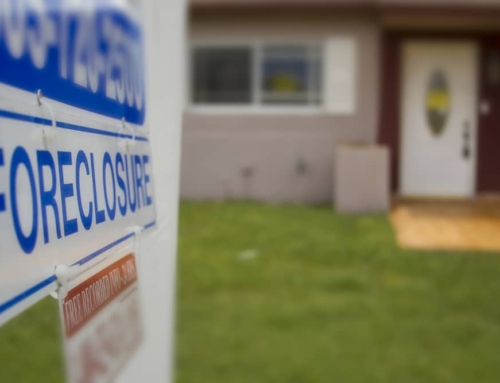“You can’t always get what you want. But if you try sometimes you just might find, you get what you need.” Rolling Stones
The difference between being a wannabe and a successful home buyer may boil down to nothing more than knowing the difference between what you want in a home, and what you can’t live without.
It sounds simple, but that void requires an ability to recognize what’s really important to you and compromise on the rest. Unfortunately, our ability to compromise is often lost between two spouses or partners who forget that they can’t afford to satisfy their every whim.
(It might make you feel better to know that this inability to compromise isn’t limited to first-time buyers. Each time we buy a home, we feel that this is the time we’re going to get — or should get — everything we want. We work hard, and deserve it, right? But life doesn’t work that way, and neither does home buying.)
How do you figure out what you want and need in a home? Consider constructing a wish list and reality check.
A wish list is nothing more than a list of everything you’ve ever dreamed of having in your house: granite, slate kitchen, or perhaps inlaid, stained concrete countertops, a wood-burning fireplace, three-car garage, four-person whirlpool, the best school district in your state, a five-minute walk to work, four bedrooms, a master suite with his and her closets, and vaulted ceilings.
The best real estate agents and brokers will ask their first-time buyers to create a wish list detailing everything they’d love to have in a home, including:
-Location. Think about where you like to shop, where your children will attend school, where you work, where you worship, and where your friends and family live.
-Size. Think about the number of bedrooms you want, the size garden, the extra room you may need for expansion or family flexibility, where you’ll do the laundry, and what kind of storage space you need.
-Amenities. Think about the garage, kitchen and bathroom appliances, swimming pool, fireplace, air-conditioning, electrical wiring, furnace, and hardwood floors.
-Condition. Do you want a home in move-in condition? Or are you willing to put in some “sweat equity” to borrow a This Old House phrase, to build in value?
At first glance, many of these items may seem to be in conflict with each other. But that’s what a wish list is all about. If you’re honest about what you want, the inconsistencies and conflicts will emerge so you and your spouse or partner can deal with them.
Most wish lists are so long that first-time buyers are confused by all the choices they have to make. So, some agents and brokers also use a tool to help their clients define their needs as well as their wants: The reality check.
The basis of a reality check is this question: What do you need to survive in your first home? What can’t you live without?
-How many bedrooms do you need?
-How many children do you have or are you planning to have while you live in this home?
-Is a garage absolutely necessary?
-Why do you need a home with a basement or attic?
-Do you use public transpiration on a daily basis?
-How close to work do you need to be?
-Does driving on a major expressway or in traffic make you crazy?
-Do you want to care for a garden or would you prefer a maintenance-free home?
Once you’ve figured out the items on your wish list and reality check, go back and prioritize them. On the top of your wish list should be the items you most want in your home. If being within walking distance of the train or bus is a necessity, it should go at the top of your wish list.
Now, do the same thing with your reality check. List the items you absolutely can’t live without at the top of the list and work your way down. For example, you may need 3 bedrooms and a garage more than you need a basement or attic. So the bedrooms and garage would go at the top of your reality check list.
By asking specific questions about your daily lifestyle, a good real estate agent can determine the best location, home size, and amenities for your budget. The agent can read between the lines to help you figure out where you’re willing to compromise.






Leave A Comment